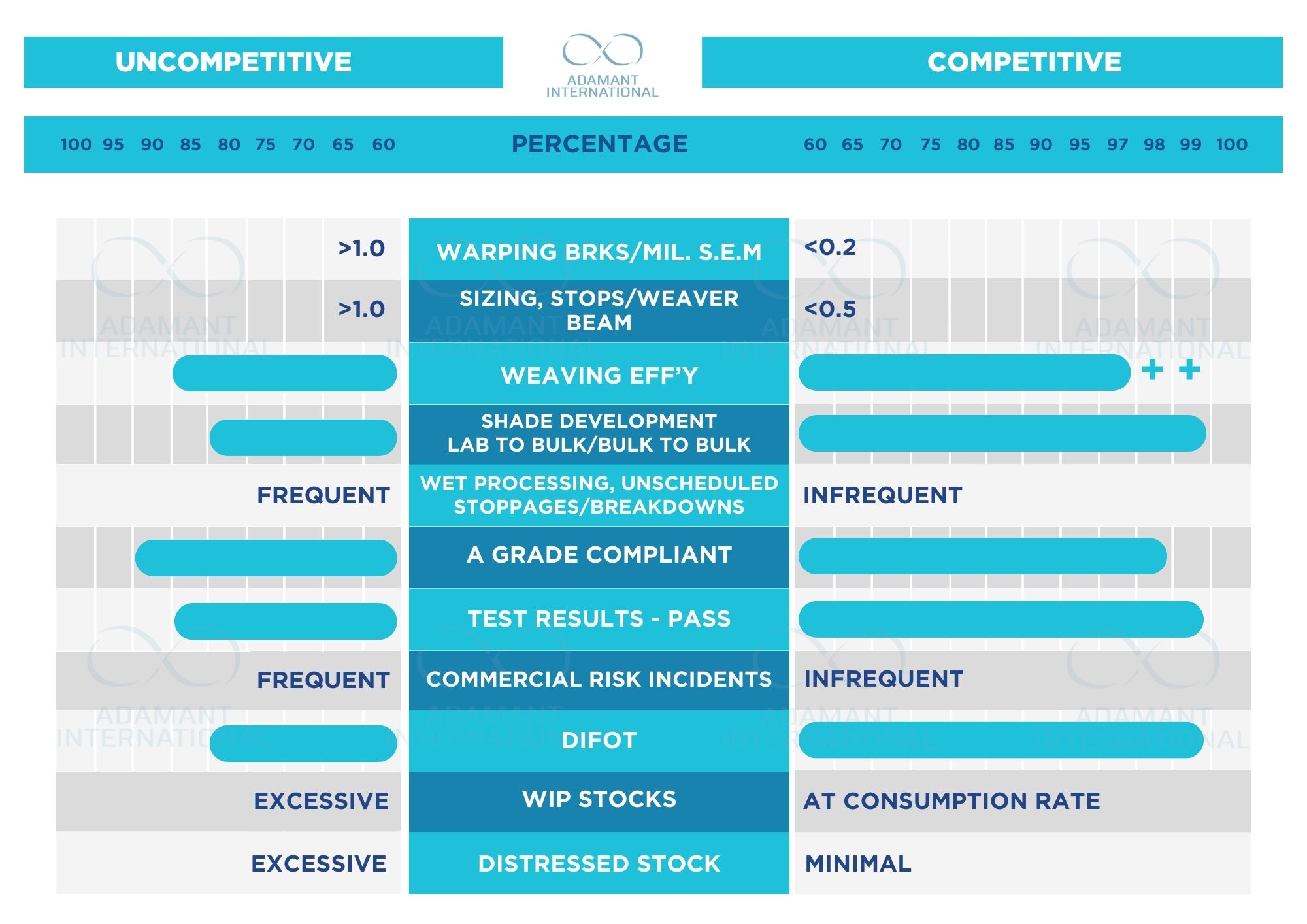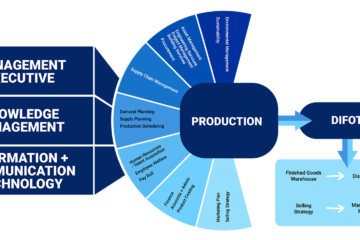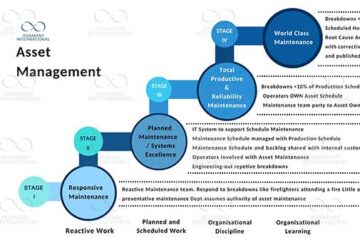Author John O’Connor CEO
In the fast-paced world of textile manufacturing, staying ahead of the competition is essential for sustainability and growth. While financial reports offer insights into the financial health of a company, Key Performance Indicators (KPIs) provide a deeper understanding of underlying issues, especially in challenging market conditions. Visualizing these KPIs offers a comprehensive snapshot of a textile manufacturing plant’s competitiveness, guiding strategic decision-making and driving performance improvements.

Introduction: Empowering Leadership in Textile Manufacturing
This article aims to empower executive teams and senior managers in medium to large textile manufacturing facilities by highlighting the importance of crucial KPIs. Adhering to international KPI standards can lead to substantial reductions in the “total cost of manufacture,” thereby enhancing market competitiveness. Asset management, spearheaded by production managers, front-line supervisors, and operators, emerges as a pivotal focus area. Neglecting maintenance practices can result in costly inefficiencies, late deliveries, and distressed stocks, ultimately impacting the bottom line.
Insightful Analysis of Key KPI Indices
- Yarn Breakage Rates in Warping
- Monitoring breakage rates per million single end meters reveals operational efficiency levels.
- Timely action from supervisors, managers, and quality assurance personnel is crucial in addressing high breakage rates.
- Stops on Sizer / Slasher and Weaving Efficiency.
- High breakage rates at the warper and frequent stops of the Sizer disrupt weaving efficiency, leading to increased costs.
- Proactive strategies are essential to minimize stoppages and optimize efficiency.
- Shade Development – Lab to Bulk and Bulk to Bulk.
- Consistency in fabric quality from the Weave Shed to preparation for dyeing/printing processes is critical for product integrity.
- Low Lab to Bulk success rates may indicate underlying machinery or process reliability issues.
- Wet Processing unscheduled stoppages or breakdowns.
- The frequency of breakdowns per machine serves as a barometer for maintenance effectiveness.
- Operator training plays a vital role in maintaining process integrity and minimizing disruptions.
- Finished Fabric Inspection – A Grade Compliance.
- Upholding A Grade compliance through stringent process controls is essential for maintaining product quality.
- Robust process controls reduce the likelihood of quality downgrades and associated waste.
Mitigating Commercial Risk incidents.
- Transparent reporting and vigilant oversight of borderline compliance issues are essential to safeguard the organization’s reputation and financial stability.
- Documenting and reporting commercial risks to senior leadership ensures accountability and fosters a culture of compliance.
Driving Performance with DIFOT, WIP, and Distressed Stocks
- DIFOT serves as a comprehensive indicator of overall process performance, highlighting areas for improvement.
- Excessive WIP and distressed stocks indicate operational inefficiencies that can impede financial growth and strain resources.
Self-Assessment and Strategic Roadmap
- Improving asset management and aligning with international KPI standards can unlock significant financial benefits and support aggressive marketing initiatives.
- Adamant International offers tailored audits and facilitation services to identify root causes of under-performance and enhance operational efficiency.
Connect with Us
To explore how Adamant International can help optimize your textile manufacturing operations, visit our website at https://www.adamantinternational.com.au or contact us via email at joc@adamantinternational.com.au or by phone at +61 411 102 572.
In the competitive landscape of textile manufacturing, leveraging visual KPIs is not just a strategic advantage—it’s a necessity for sustained success.









